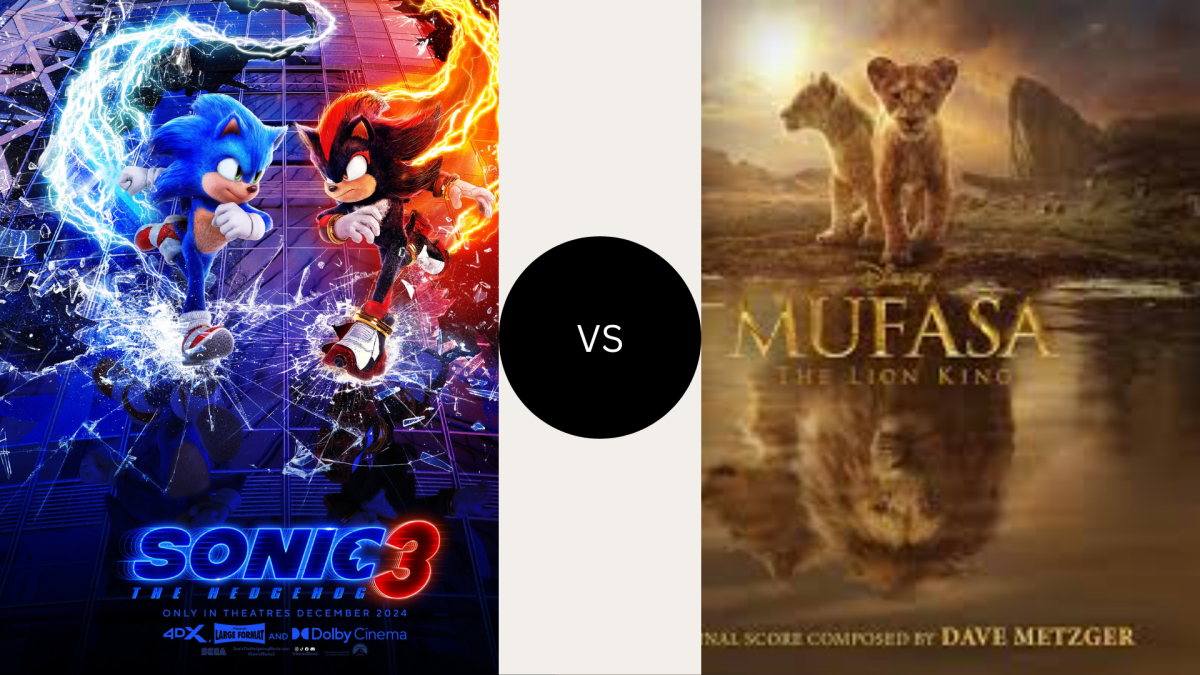When Christmas season hits, trees are decorated, lights are hung, cookies are baked, and a heart-warming movie is streamed on the television. As the lights begin to dim and the fireplace crackles, are you snuggled under a festive blanket with hot chocolate? Spiced tea? Maybe eggnog? This holiday is marked for its wide variety of traditional foods and delicacies that make the season, and eggnog happens to be one of the hallmarks that you either love or hate.
What even is it? Milk, cream, sugar, spices, and who would have guessed it, eggs. This ingredient list is the basis for the holiday-cheer that is eggnog. The drink is heavy to say the least, but the best kinds are thick and resemble a melted custard of sorts. It is very rich, making even a small cup the perfect Christmas drink. Eggnog can be enjoyed hot or cold, fitting every festive activity like a glove, whether that be baking, watching a movie, or coming inside from the crisp winter weather.
“[Eggnog] is like milk, but just sweeter, which is better. It is also very filling,” David Minter, senior, said.
Eggnog has its roots in Britain, more specifically, in Britain’s upper class. Eggnog dates back to the medieval era, and ingredients like eggs, sugar, alcohol, etc. were expensive. Many culinary historians believe that posset, a hot drink made from curdled milk and ale, was the inspiration for the eggnog variation. From there, it gets kind of sketchy as to who added raw eggs to the mix. The name is a mystery in itself, with “nog” potentially referring to the noggins that used to hold drinks such as posset. Eggnog’s popularity resurged in the American colonies, even as it began to dwindle in Europe, and by the 19th century, it had become associated with the holiday season.
“I do not really like eggnog because I do not like the cinnamon and nutmeg taste, and it also kind of tastes like spoiled milk to me,” Samantha Rice, freshman, said.
What makes eggnog the perfect Christmas drink is the fact that you can make it so many different ways, whether that be hot, over ice, non-alcoholic, or even without eggs, making it vegan-friendly. Raw egg may seem dangerous, and rightfully so, but many commercial eggnogs in stores do not include raw egg, and plenty of homemade recipes also instruct how to perfect the sweet treat without any health risks.
“I like eggnog because it tastes good, and it gets me in the Christmas spirit,” Victoria Sprecher, sophomore, said.
As cinnamon and vanilla flavors blend together in this classic Christmas drink, it truly embodies the season. Mixing egg, milk, and spices may seem odd, but do not knock the drink until you try it. The richness and nostalgia that is woven into eggnog’s specific taste is unmatched, and if you find yourself with the time this holiday, maybe try out a homemade recipe with family and friends.














